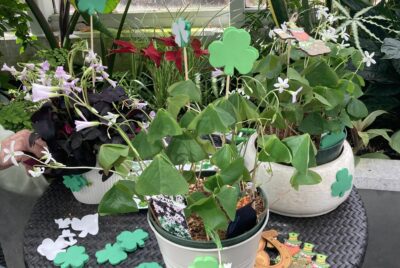RESEARCH
Therapeutic Environments as a Catalyst for Health, Well-Being and Social Equity
Summary
This research paper explores how therapeutic environments can serve as catalysts for health, well-being, and social equity. The authors examine the potential of outdoor spaces to facilitate rehabilitative healing, foster community support, and promote self-empowerment for people with mental health issues. The paper discusses key design criteria for therapeutic landscapes, including sensoriality (using varied textures, smells, sounds, and haptic experiences), interactions (providing spaces for refuge, outlook, and social engagement), activities (offering meaningful tasks like gardening), and cultural appropriateness.
The authors analyze three case studies that illustrate these principles: the Alnarp Rehabilitation Garden in Sweden, Dannerhuset’s Healing Garden in Denmark, and the Kopupaka Wetland Reserve in New Zealand. These examples demonstrate how therapeutic landscapes can be designed at different scales and for various purposes, from treating specific mental health conditions to incorporating Indigenous healing practices. The paper argues that by integrating these design principles into public spaces, there is potential to destigmatize mental health care and promote well-being for the wider community.







